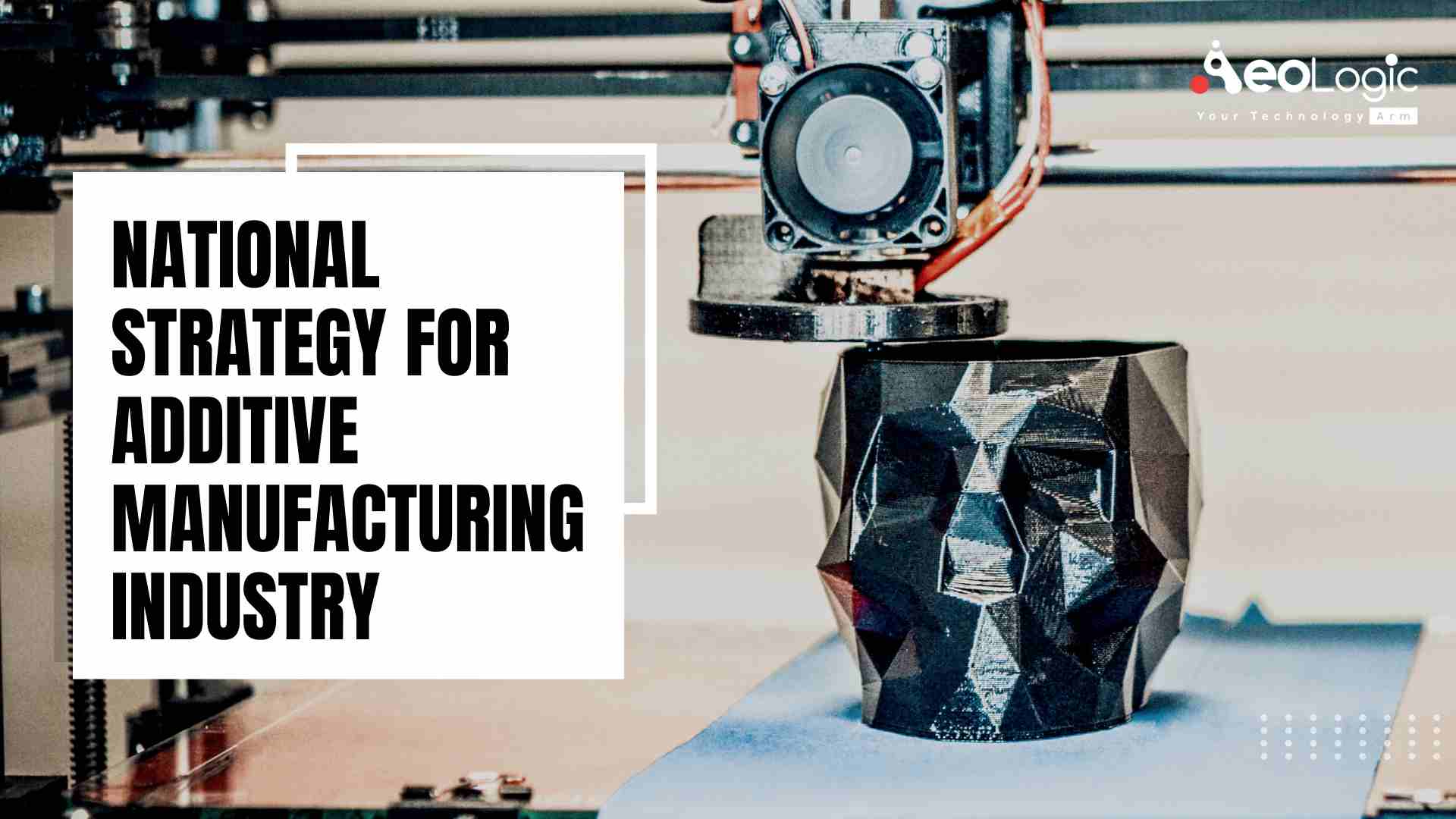Additive Manufacturing (AM) is having huge potential for revolutionizing India’s manufacturing and industrial production landscape through digital processes, communication, imaging, engineering, and architecture. With the release of the Strategy by the Ministry of Electronics & Information Technology, the Innovation and R&D ecosystem will be encouraged in PPP mode for transforming the existing research knowledgebase. In order to develop a national strategy for additive manufacturing grade materials, 3D printer machines, and printed indigenous products for the vast domestic and international market in different sectors including electronics, medical devices, photonics, agro and food processing, etc.
Also read: What is Metal Additive Manufacturing and Why is it Trending?
What is additive manufacturing?
Additive manufacturing also known as 3D printing, denotes to the construction of a three-dimensional object from a digital 3D model by adding materials layer by layer. It is using computer-aided design to make prototypes or working models of objects by laying down successive layers of materials such as resin, plastic, thermoplastic, metal, fiber, or ceramic.
With the facilitation of software, the model to be printed is first developed by the computer, which then provides instructions to the 3D printer. These are constructed layer by layer which is in contrast to conventional manufacturing that often needs machining or other techniques to remove surplus material.
Benefits of National Strategy for Additive Manufacturing Policy
Simpler supply chain:
National strategy for additive manufacturing is simplifying supply chains. Since semi-fabricated products will be substituting raw materials and suppliers consolidate. Also, procurements and labor costs will be reduced. This will be helping in making the Make in India and the AtmaNirbhar Bharat Abhiyan campaign successful.
Value Addition:
AM is leading to an egalitarian system of innovation by empowering individuals. For creating and actively participating in the global value chain. Several product designs are freely available and individuals can buy a 3D printer. And therefore, start manufacturing and selling products.
Employment:
AM is projected to boost productivity which may lead to a reduction in employment. However, higher productivity and new products are creating new employment opportunities. Workers may require to be provided with upskilling opportunities for making sure they remain competent.
Sustainable Development:
AM is driving a significant reduction in raw materials. Because of material-efficient designs; reduced wastage; and fewer requirements for manufacturing tools, molds, and dies. Moreover, the products will be more energy-efficient which will facilitate India to reduce its carbon footprint. Therefore, leading to the sustainable development of the nation.
Also read: Effective Use of Technology for Welfare Schemes
Redesigning:
National strategy for additive manufacturing technologies is allowing manufacturers the ease to redesign their products. Subsequently, this is reducing design constraints and associated costs. Therefore, it will be enabling small businesses to innovate and experiment. Thus, making their products more effective and allowing product differentiation.
Main challenges to the national strategy for additive manufacturing policy
- Increased cost of equipment and material due to dependence on import
- Lack of formal industry standards
- Lack of skilled manpower
- Uncertainty in the legal and regulatory context
- More technology may mitigate the need for skilled workers leading to loss of employment.
Conclusion
The national strategy for additive manufacturing is a step in the right direction as research and development are demanding premier engineering technology and methods to increase manufacturing in the country. Government support is mandatory for manufacturing facilities to reach smaller towns and for the IT industry for creating more platforms for meeting consumer demands as well.
Contact us for further information at support@aeologic.com
FAQs
What is the national strategy for the additive manufacturing industry?
The national strategy for additive manufacturing (AM) will be aiming to create a conducive ecosystem for design, development, and deployment. As well as for overcoming technical and economic barriers for Global AM leaders for setting up their operations with supporting ancillaries in India.
What is the major challenge for additive manufacturing?
The challenge is to recognize the part and assembly designs identified by the current manufacturing technology. And therefore, consider whether AM can improve performance. As AM is making it possible to create geometries that are not feasible with traditional manufacturing methods, design freedom improves.









